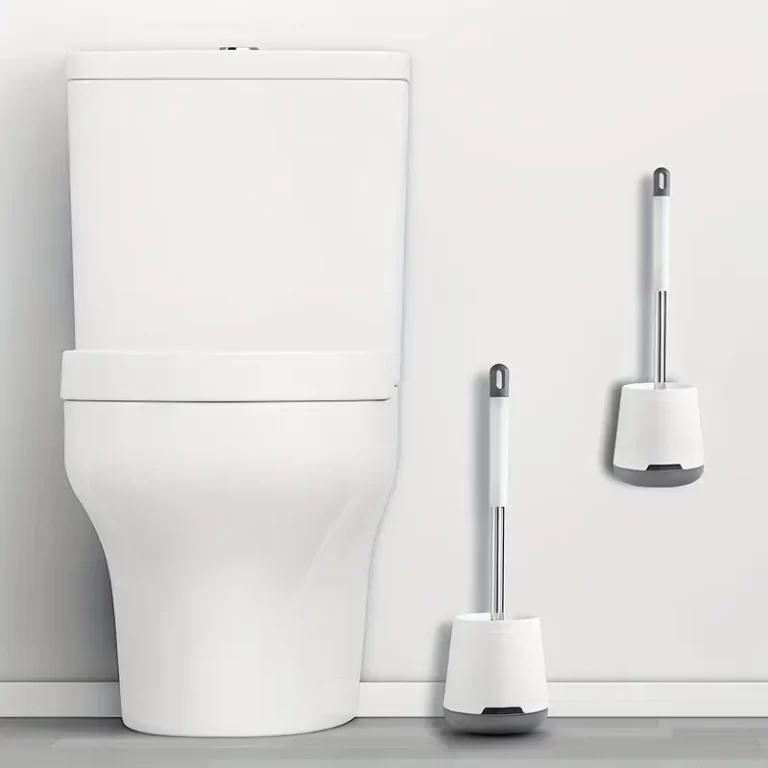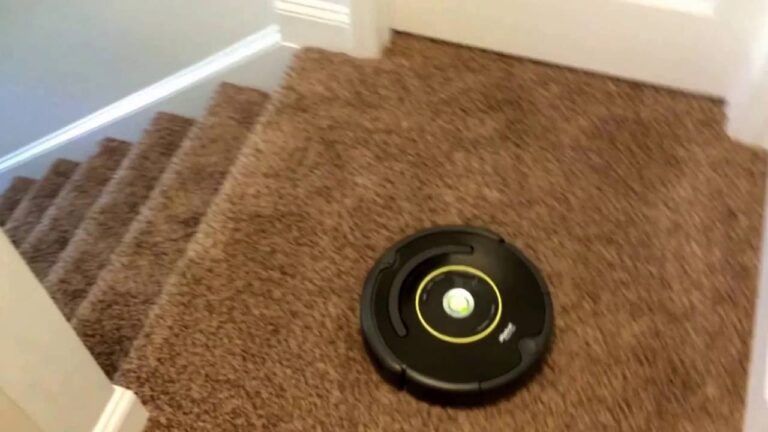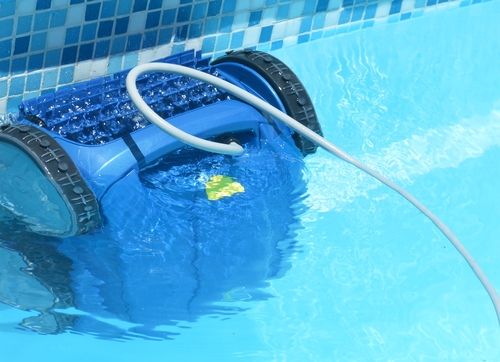How Does Robot Vacuum Find Base?

Robot vacuums find their base through built-in sensors and navigational technology. These devices utilize infrared or camera-based sensors to detect the docking station and return to it when they have finished cleaning.
This advanced technology allows robot vacuums to autonomously navigate around the room and locate their base with ease. Introducing a new era of convenience, robot vacuums have revolutionized the way we clean our homes. These intelligent devices effortlessly glide across our floors, leaving them spotless without any effort on our part.
But have you ever wondered how these ingenious machines find their way back to their docking station? Well, the answer lies in their built-in sensors and navigational technology. Equipped with infrared or camera-based sensors, robot vacuums use these sophisticated tools to detect the location of their base. Upon completing their cleaning mission, they rely on their sensors to navigate back to the docking station autonomously. We will delve deeper into the fascinating world of robot vacuum technology and uncover the secrets behind their seamless return to base.
Understanding The Navigation Technology
Robot vacuums use advanced navigation technology to find their base. The navigation system relies on sensors and mapping techniques to move around the surroundings efficiently. These vacuums utilize various sensors to orient themselves within a room. By analyzing the data collected from these sensors, the vacuum determines its position and navigates accordingly.
It can recognize obstacles in its path, such as furniture or walls, through obstacle detection sensors. This allows the robot vacuum to adjust its path and avoid any potential collisions. By continuously mapping the surroundings and using sensors for orientation, robot vacuums can efficiently navigate a room and find their way back to the charging base.
This advanced navigation technology ensures that the vacuum can effectively locate and return to its base, making maintenance and cleaning hassle-free for users.
Exploring Various Navigation Methods
Robot vacuum cleaners employ a variety of methods to navigate and find their base. One such method is random bumping and roaming, where the device moves around the space, bumping into objects and changing direction. This method may seem haphazard but is surprisingly effective in covering the entire area.
Another approach is room-by-room cleaning, where the vacuum cleaner systematically cleans each room before moving on to the next. This method ensures thorough cleaning and efficient use of time and battery. Additionally, some advanced models use visual mapping and path planning.
These devices use onboard cameras or sensors to create a map of the room and plan the most optimal cleaning path. By carefully analyzing the layout, they can avoid obstacles and efficiently navigate through the space. These navigation methods work seamlessly to ensure that your robot vacuum finds its base with ease and completes its cleaning tasks effectively.
How Does Robot Vacuum Locate Its Base?
Robot vacuums use several methods to locate their base. One common method is through smart home integration, where the vacuum connects to the home’s Wi-Fi network and uses GPS-like technology to find its way back to the base. Another method is using magnetic strips or boundary markers placed around the area.
These strips create a virtual barrier that the vacuum follows, leading it back to the base. Additionally, some robot vacuums use infrared signals and beacons to navigate and locate the base. These signals are emitted by the base station and act as a guide for the vacuum to follow.
By using these different techniques, robot vacuums can efficiently find their way back to the base for recharging, allowing them to continue cleaning autonomously.
Factors Affecting Base Locating Efficiency
To efficiently locate its base, a robot vacuum relies on a few key factors. One of these is the distance and line of sight between the vacuum and its base. Another factor is the strength of the signal and any potential interference that may affect communication.
The battery life of the robot vacuum and the time required for recharging play a significant role in its base locating efficiency. Lastly, the environmental conditions, such as obstacles or noise, can also impact the robot vacuum’s ability to find its base.
By considering these factors, manufacturers can design robots that are better equipped to navigate and locate their base efficiently. Ultimately, this improves the overall functionality and effectiveness of the robot vacuum in maintaining a clean home environment.
Troubleshooting Base Finding Issues
Robot vacuums are designed to find their base for charging automatically. However, sometimes there can be issues in this process. Troubleshooting base finding problems is essential to ensure seamless charging. One common solution is resetting the docking station. This can be done by unplugging the dock from the power source and plugging it back in after a few seconds.
Another important step is cleaning the charging contacts on both the vacuum and the docking station. Dust and debris can hinder proper connection. Optimizing the placement of the base is also crucial. It should be positioned in an easily accessible area with no obstructions.
Following these steps will help your robot vacuum find its base effortlessly and keep it charged for optimal performance.

Credit: global.dreametech.com
Frequently Asked Questions On How Does Robot Vacuum Find Base
How Does Roomba Know Where The Charging Base Is?
Roomba finds the charging base using infrared sensors. These sensors are located on the bottom of the Roomba and on the charging base itself. When the Roomba is running low on battery, it starts searching for the infrared signal emitted by the base.
Once the Roomba detects the signal, it follows it until it reaches the charging base. The infrared signal acts like a guiding light for the Roomba to locate and dock on the base for recharging. This technology allows the Roomba to autonomously navigate and find its way back to the charging base when needed.
How Does Roomba Know Where The Dock Is?
Roomba knows where the dock is because it uses infrared signals. These signals are emitted by the dock, and the Roomba’s sensors receive them. Once the Roomba detects the signal, it knows where the dock is located and can navigate towards it.
The dock also emits a beacon-type signal that helps the Roomba find it easily. This signal acts as a guide for the Roomba to ensure it can return to the dock for charging. So, through the use of infrared signals and a beacon signal, Roomba can accurately locate and find its dock when it needs to recharge.
How Does Irobot Know Where Home Is?
IRobot knows where home is by using its advanced mapping and navigation technology. It uses sensors and cameras to create a map of your home, learning its layout and identifying key landmarks. This allows the robot to navigate efficiently and know where it is at all times.
When the robot is running low on battery or when you command it to return home, it uses the map to locate the docking station. It follows its predefined path, recognizes the landmarks, and returns to the dock. This way, iRobot always knows where home is and how to get there without any user intervention.
Conclusion
The ability of robot vacuums to autonomously find their charging base is a testament to the marvels of modern technology. By integrating sensors, cameras, and smart algorithms, these devices navigate your home with impressive accuracy. Whether it’s through infrared signals or physical connectors, they ensure they’re always charged and ready for action. As technology continues to advance, we can expect even more sophisticated capabilities from these helpful household companions.



